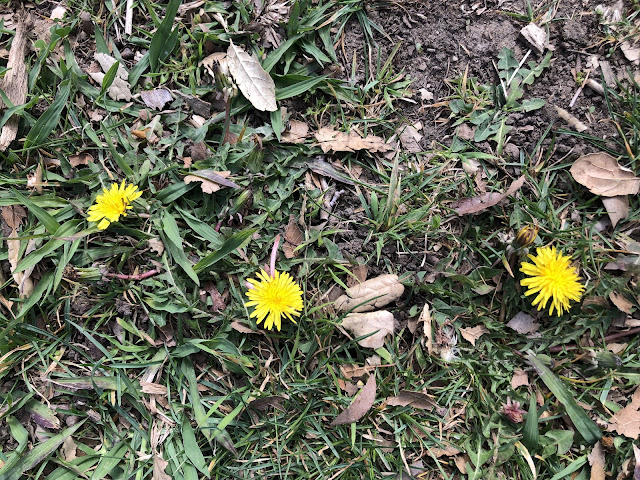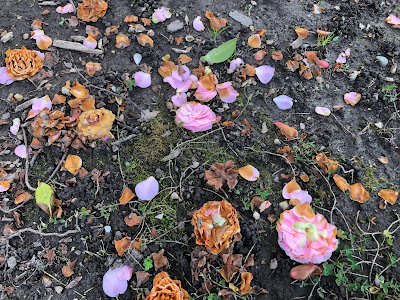
Dry week ahead with more chilly nights

|
|
The weeds are out there, and they're not getting smaller. Whack them down
now. (Photos: Kathy Morrison)
|
So much for that “rain.” Although storm clouds dropped a few sprinkles on their way to the Sierra, Downtown Sacramento has yet to get any measurable precipitation from these passing weather systems, says the National Weather Service.
Our record dry winter streak is now 56 days (through Friday) and counting. Sacramento’s last measurable rain (0.05 inches) fell Jan. 7.
On the bright side: It could be worse. Sacramento got so much rain in October and December, our total rain year is still tracking “normal.” Since July 1, Sacramento has received 14.47 inches; normal to date is 13.55 inches. So, that total actually measures 107% of average.
But we still really, really need rain. According to the weather service, Sacramento is at 80% of its annual average total of 18.14 inches and our “rainy season” ends in less than two months. Historically, Sacramento receives 3.9 inches in March and April combined.
No rain is expected this week with 0% chance of precipitation in Sacramento through at least Friday. Meanwhile, temperatures will remain cool. Clear skies overnight will help plunge lows back into the 30s – not quite below freezing, but close enough. Daytime highs will nudge into the low 70s by mid-weed, but soil temperatures will stay chilly – too cold for tomatoes!
Spend this dry week preparing for spring:
* Seed and renovate the lawn (if you still have one). Feed cool-season grasses such as bent, blue, rye and fescue with a slow-release fertilizer. Check the irrigation system and perform maintenance. Make sure sprinkler heads are turned toward the lawn, not the sidewalk.
* Pull weeds now! Don’t let them get started. Take a hoe and whack them as soon as they sprout.
* Start preparing vegetable beds for summer favorites. Spade in compost and other amendments.
* What can you plant now? Transplant lettuce, cabbage, broccoli, collards and kale.
* Seed chard and beets directly into the ground. (Beet seeds benefit from soaking first.)
* Plant summer bulbs, including gladiolus, tuberous begonias and callas. Also plant dahlia tubers.
* Shop for perennials. Many varieties are available in local nurseries and at plant events. They can be transplanted now while the weather remains relatively cool.
* Fertilize roses, annual flowers and berries as spring growth begins to appear.

|
|
Yuck! This is the downside of growing camellias. Get those
blossoms up to help control blossom blight.
|
* Cut back and fertilize perennial herbs to encourage new growth.
Comments
0 comments have been posted.Sacramento Digs Gardening to your inbox.
Sites We Like
Garden Checklist for week of July 21
Your garden needs you!
* Keep your vegetable garden watered, mulched and weeded. Water before 8 a.m. to reduce the chance of fungal infection and to conserve moisture.
* Feed vegetable plants bone meal, rock phosphate or other fertilizers high in phosphate to stimulate more blooms and fruiting. (But wait until daily high temperatures drop out of the 100s.)
* Don’t let tomatoes wilt or dry out completely. Give tomatoes a deep watering two to three times a week.
* Harvest vegetables promptly to encourage plants to produce more. Squash especially tends to grow rapidly in hot weather. Keep an eye on zucchini.
* Pinch back chrysanthemums for bushy plants and more flowers in September.
* Remove spent flowers from roses, daylilies and other bloomers as they finish flowering.
* Pinch off blooms from basil so the plant will grow more leaves.
* Cut back lavender after flowering to promote a second bloom.
* It's not too late to add a splash of color. Plant petunias, snapdragons, zinnias and marigolds.
* From seed, plant corn, pumpkins, radishes, winter squash and sunflowers.